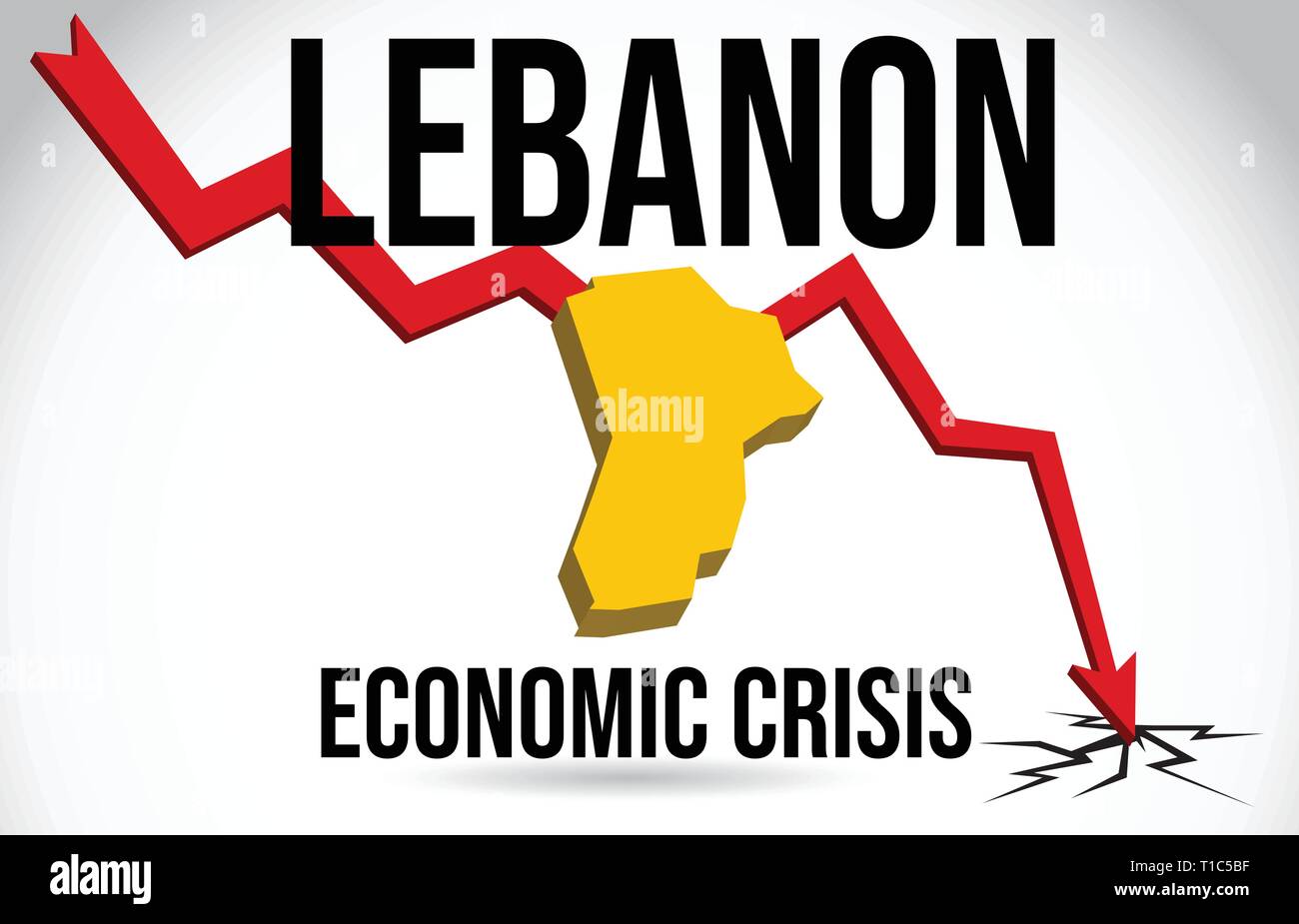Home Sales Collapse: A Market In Crisis

Table of Contents
Rising Interest Rates: The Primary Culprit
Rising interest rates are undeniably the primary driver of the current home sales collapse. The impact of interest rate hikes on mortgage affordability is substantial, creating a significant barrier to entry for many potential homebuyers. Increased borrowing costs directly translate to higher monthly mortgage payments, making homeownership a less attainable goal for a large segment of the population.
- The Math of Mortgage Payments: Even a small increase in interest rates can significantly increase the monthly payment on a mortgage. For example, a 1% increase on a $300,000 mortgage can add hundreds of dollars to the monthly payment.
- A Stark Comparison: Mortgage rates, which hovered around historic lows in 2020 and 2021, have now climbed significantly. Comparing rates from then to now clearly illustrates the dramatic shift in affordability.
- Impact on Different Buyer Segments: First-time homebuyers are particularly vulnerable to rising interest rates, as they often have less savings for a down payment and are more sensitive to changes in monthly payments. Existing homeowners refinancing their mortgages are also feeling the pinch.
- The Federal Reserve's Role: Central banks, like the Federal Reserve in the US, play a crucial role in setting interest rates. Their actions to combat inflation directly influence mortgage rates and, consequently, the housing market.
Inflation and Economic Uncertainty
High inflation and the looming threat of a recession are further fueling the home sales collapse. As inflation erodes purchasing power and consumer confidence wanes, potential homebuyers become increasingly hesitant to make such a significant financial commitment.
- Inflation's Impact on Purchasing Power: When inflation rises, the same amount of money buys less, reducing the amount available for a down payment and increasing the perceived risk of buying a home.
- Job Security Concerns: Fears of job losses or reduced income due to an economic downturn significantly impact consumer spending and make individuals less likely to take on the financial burden of a mortgage.
- Decreased Consumer Confidence: Negative economic news and forecasts contribute to decreased consumer confidence, making potential homebuyers more cautious and less inclined to enter the market.
- Economic Indicators: Tracking key economic indicators like inflation rates, unemployment numbers, and consumer confidence indices provides crucial insights into the state of the economy and its impact on the housing market.
Inventory Shortage & High Home Prices
Ironically, despite the collapse in home sales, a significant housing inventory shortage persists, contributing to persistently high home prices. This creates a paradoxical situation: fewer sales but still high prices, further exacerbating the feeling of a market crisis. This imbalance between supply and demand is hindering the market’s ability to naturally correct itself.
- Low Supply, Reduced Demand: The continuing lack of available homes for sale, coupled with reduced buyer demand due to interest rate hikes and economic uncertainty, creates a stalemate.
- Construction Costs and Material Shortages: High construction costs and ongoing supply chain disruptions continue to limit the construction of new homes, exacerbating the existing inventory shortage.
- Market Correction Potential: While a correction is expected, the timing and extent remain uncertain. The market is likely to adjust gradually, with prices potentially plateauing or even experiencing a mild decline in some areas.
- Regional Variations: It's important to note that the effects of this home sales collapse will vary regionally. Some areas might experience sharper declines than others, depending on local economic conditions and housing market dynamics.
The Impact on the Wider Economy
The home sales collapse extends beyond the housing market, creating significant ripple effects throughout the wider economy. The construction industry, directly dependent on new home sales, is particularly vulnerable, potentially leading to job losses and reduced economic activity. Related industries, such as furniture manufacturing, landscaping, and home improvement, also feel the impact of reduced demand.
Conclusion
The current home sales collapse is a complex issue stemming from a confluence of factors: rising interest rates significantly impacting affordability, high inflation eroding consumer confidence, economic uncertainty causing buyer hesitancy, and a persistent inventory shortage. The severity of this situation underscores the need for careful monitoring and strategic planning. Understanding the causes of this home sales collapse is crucial for navigating the current real estate crisis. Stay informed about the latest market trends and consider consulting a real estate professional to help you make informed decisions in this challenging housing market. The ramifications of this home sales collapse will continue to unfold, and keeping abreast of the situation is paramount.

Featured Posts
-
 Jones Vs Aspinall Six Months Requested For Preparation
May 30, 2025
Jones Vs Aspinall Six Months Requested For Preparation
May 30, 2025 -
 Two Injured In School Bus Crash Near Pella Iowa
May 30, 2025
Two Injured In School Bus Crash Near Pella Iowa
May 30, 2025 -
 Nvidias Q Quarter Earnings Growth Forecast Despite China Headwinds
May 30, 2025
Nvidias Q Quarter Earnings Growth Forecast Despite China Headwinds
May 30, 2025 -
 Taylor Swift Ticket Line Ticketmaster Reveals Your Spot In The Queue
May 30, 2025
Taylor Swift Ticket Line Ticketmaster Reveals Your Spot In The Queue
May 30, 2025 -
 Thlyl Ladae Awstabynkw Fy Mwsm Almlaeb Altrabyt
May 30, 2025
Thlyl Ladae Awstabynkw Fy Mwsm Almlaeb Altrabyt
May 30, 2025
